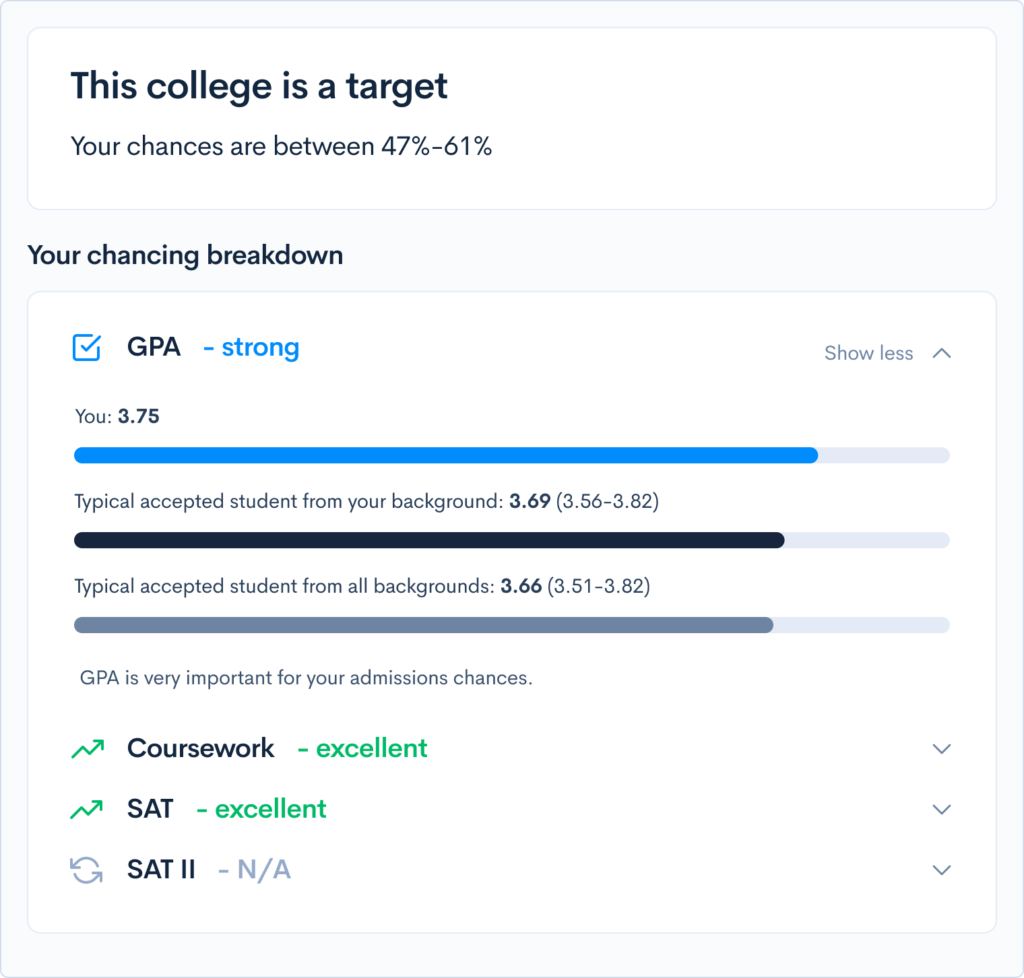How to Get an ACT Fee Waiver
Applying to college is expensive. According to U.S. News, the average college application fee is $44, and the average application fee at the 62 colleges with the most expensive application fees is $78. Considering that CollegeVine recommends applying to between 8-12 colleges, that can mean spending more than $1,000 just on applications—and that’s not including other expenses like taking the ACT, a standardized test that is used by most colleges to make admissions decisions. One way to lower the price of applying to college is to acquire an ACT fee waiver, which covers the cost of the exam—along with some other expenses—and makes the ACT more accessible to students from lower-income families. The ACT is available in two formats, one with a writing section and one without a writing section. The test with the writing section costs $15 more than the exam without the writing section—the additional expense is refundable if you’re absent on test day or switch to the no-writing test before the exam begins. Exam Fee What’s Included Full ACT (no writing) $55 Student score report, high school score report, score report for up to four colleges Full ACT with writing $70 Student score report, high school score report, score report for up to four colleges The ACT also has a late registration period after the regular registration period has closed. Late registration for the ACT typically lasts for two weeks after the end of the normal registration period—the cost for late registration is $35, which is in addition to the regular registration fees. The price of the ACT with late fees is: Exam Cost Full ACT (no writing) + late registration fee $90 Full ACT with writing + late registration fee $105 Fee waivers are available to eligible students, however, students cannot apply directly for a fee waiver. Rather, fee waivers are requested by a student’s high school—students should work with their high school counselor/advisor to determine eligibility and request a fee waiver. To qualify for a fee waiver, a student must meet three requirements: The indicators of economic need are: Household Size* Annual Income 1 $23,606 2 $31,894 3 $40,182 4 $48,470 5 $56,758 6 $65,046 7 $73,344 8 $81,622 *Household size includes the person filing for a fee waiver The thresholds to qualify for the USDA free or reduced-price lunches are higher for students from Alaska and Hawaii, those levels are found here. Some states provided select student populations with SAT vouchers that cover some, or all, of the expense of registering for the ACT. Unlike fee waivers, state vouchers are only valid for one test date. A few other notable differences between fee waivers and sate vouchers are: Standardized tests like the ACT play a considerable role in college admissions decisions; typically, students admitted into a school fall within a certain range of scores. If your scores and grades aren’t strong enough, many selective colleges won’t even read the rest of your application. We’ve made it easy to understand the impact of your ACT score by creating a free Admissions Chances Calculator. This calculator will let you know how your score compares to other applicants’, and give you tips on improving the rest of your profile, including grades and extracurriculars. You can also search for schools based on preferences like location, major, cost, and more. Give it a try to find your best-fit schools! What’s Covered:
How Much Does the ACT Cost?
Do I Qualify for a Fee Waiver?

ACT State Vouchers
How Does the ACT Affect Your College Chances?



